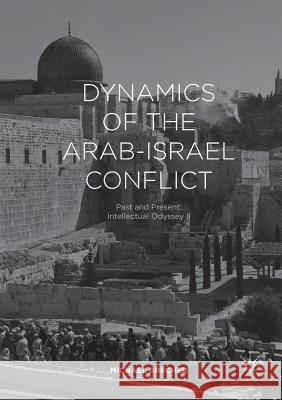Dynamics of the Arab-Israel Conflict: Past and Present: Intellectual Odyssey II » książka
topmenu
Dynamics of the Arab-Israel Conflict: Past and Present: Intellectual Odyssey II
ISBN-13: 9783319837710 / Angielski / Miękka / 2018 / 410 str.
Kategorie BISAC:
Wydawca:
Palgrave MacMillan
Język:
Angielski
ISBN-13:
9783319837710
Rok wydania:
2018
Wydanie:
Softcover Repri
Ilość stron:
410
Waga:
0.51 kg
Wymiary:
21.01 x 14.81 x 2.24
Oprawa:
Miękka
Wolumenów:
01
Dodatkowe informacje:
Wydanie ilustrowane











